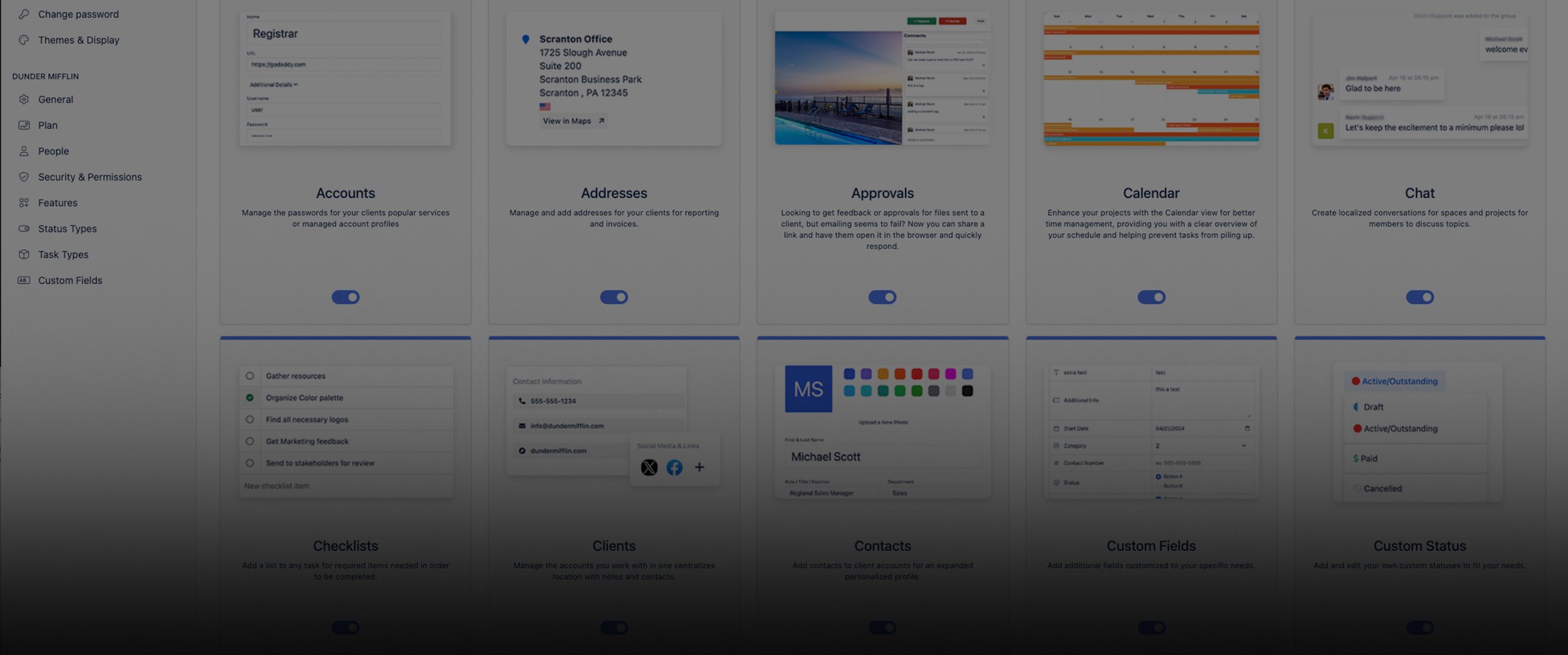
Saladbowl
Designing a Purpose-built business platform
Overview
SaladBowl started as a personal initiative to address a major gap in the market—a platform built specifically for small businesses, creatives, and freelancers who needed streamlined tools to manage clients, projects, tasks, and invoicing without the complexity or cost of bloated enterprise solutions.
This wasn’t just a design task—it was an end-to-end product creation: Combining strategy, UX, UI, and development.
My role
Owner, Designer, Developer
Platform
Web & Mobile
Year
2020 - 2024





